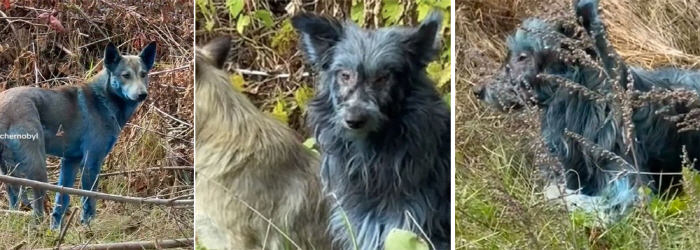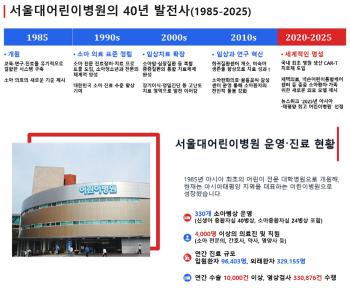Blue fur stray dogs were spotted at the site of the nuclear accident...What happened during the week?
Oct 28, 2025
|
According to foreign media such as the Daily Mail, the non-profit organization 'Dogs of Chernobyl' that first witnessed them released related videos on social media, saying "Until last week, their hair was not blue." We are currently trying to capture individuals to determine the cause."
Since 2017, the organization has been working on neutralization by caring for about 700 abandoned dogs within the 18-square-mile 'Exclusion Zone'.
Abandoned dogs are descendants of dogs left behind when residents rushed to evacuate during the 1986 nuclear power plant explosion.
The group said "Blue fur is likely to be external contamination by chemicals" Fortunately dogs are very active and in good health"
Prior to this, related studies were published.
In 2023, a research team led by Dr. Norman J. Clayman, an environmental health scientist at Columbia University in the United States, analyzed the genetic characteristics of Chernobyl stray dogs and said they appeared to have developed resistance to radioactivity, heavy metals, and pollutants.
Between 2018 and 2019, the researchers transferred blood samples from 116 abandoned dogs captured at the Chernobyl nuclear power plant and nearby cities to the United States for DNA analysis.
As a result, these individuals appeared as two independent groups genetically distinct from ordinary dogs in the surrounding area, and about 400 'outlier loci' and 52 related genes were identified.
The researchers explained "These genes may be related to adaptation to nuclear-contaminated environments." This suggests that abandoned dogs have undergone genetic mutations through generations to survive in extreme conditions in Chernobyl.
The findings were published in the international journal `Canine Medicine and Genetics' in March 2023.
Meanwhile, the Chernobyl nuclear accident was recorded as the largest amount of radioactive material leaked into the environment in human history due to an explosion on April 26, 1986. Since then, all nearby residents have been evacuated, and wildlife and abandoned dogs have flourished within the exclusion zone in the absence of humans. Currently, the radiation dose in this area is 11.28 milliliters (mrem), which is six times the limit for ordinary workers.
This article was translated by Naver AI translator.














